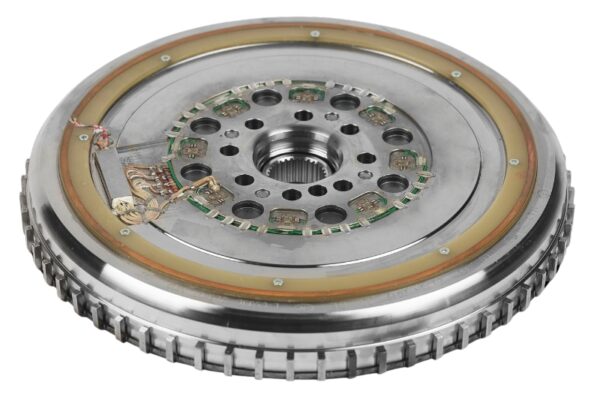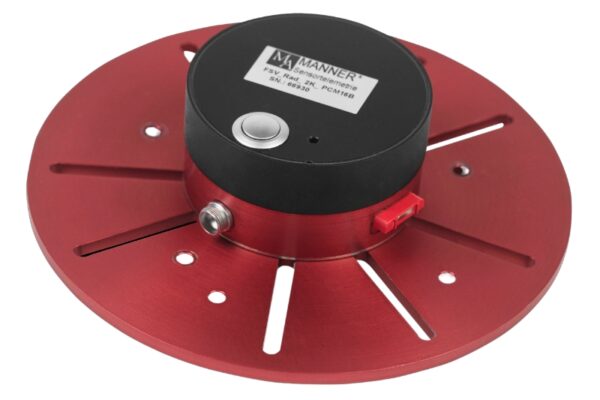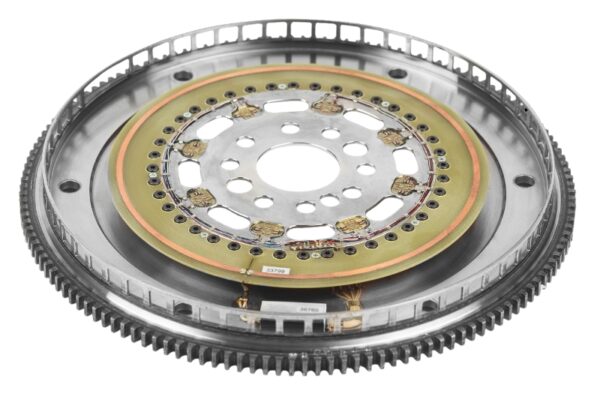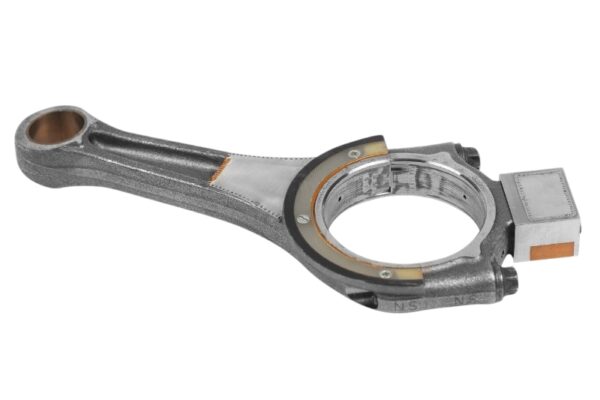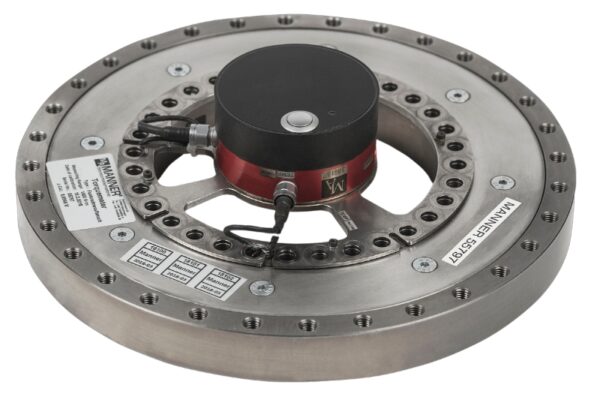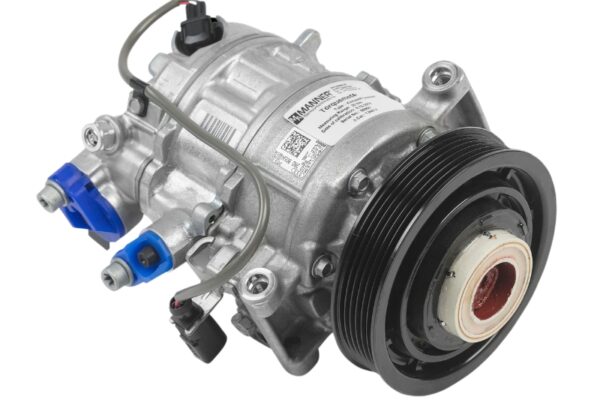Tests on the test bench only reflect reality to a limited extent. In order to analyze consumption and emission values under real conditions, measurements during driving are essential. In particular, the dynamic torque curve at various points in the powertrain provides valuable insights into optimization potential.
The major efficiency gains have already been achieved. The focus is now on smaller improvements in the lower percentage range. In order to reliably record these minimal differences, the measurement technology used must offer significantly higher accuracy. This requires a level of precision that is 10 times higher than previous standards.
Challenge: Temperature fluctuations and their influence
Large temperature fluctuations are a major disruptive factor in torque measurement. Without correcting these deviations, further optimization potential remains untapped.
Innovation: Torque transducer with real-time signal processing
To meet increasing demands, MANNER has developed an innovative real-time signal processor. This calculates the actual torque value, taking into account the transducer temperature and corresponding calibration curves. Calibration is performed at various ambient temperatures on a high-precision, climate-controlled torque calibration stand. Here, both the zero point and the measured value are reliably referenced.
The combination of precise torque transducers and advanced signal processing enables reproducible detection of even the smallest deviations. MANNER thus supports vehicle engineers in further optimizing drive systems and meeting modern environmental standards.
Rotating systems such as motors and gearboxes generate complex loads in the drive train. Only through precise torque measurements in real time can engineers understand these loads and make targeted improvements.
This method can be used to create torque transducers that deliver constant measurements with an accuracy of better than 0.05% across the entire ambient temperature range.
In addition to this new development, minimizing crosstalk effects from parasitic forces through appropriate transducer design and high-quality, complex strain gauge bonding is also highly relevant.

